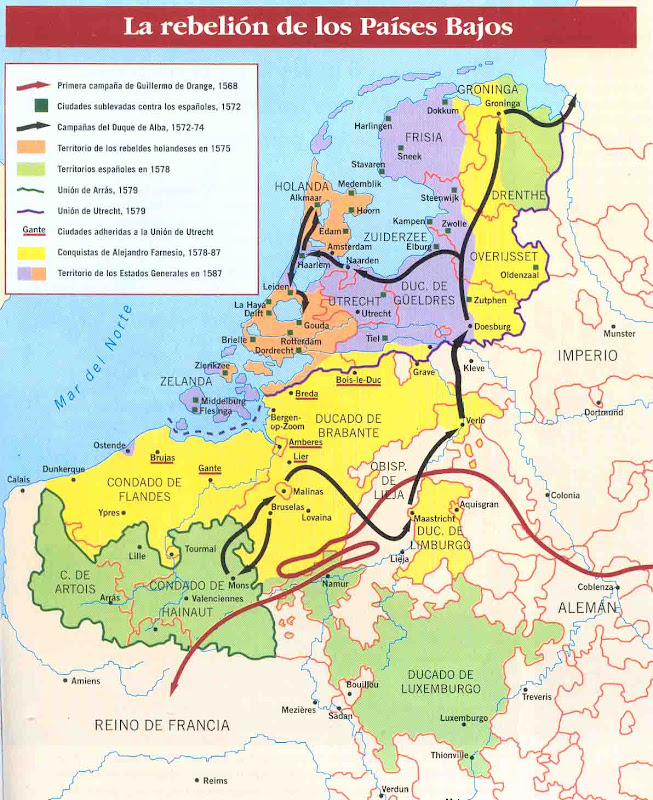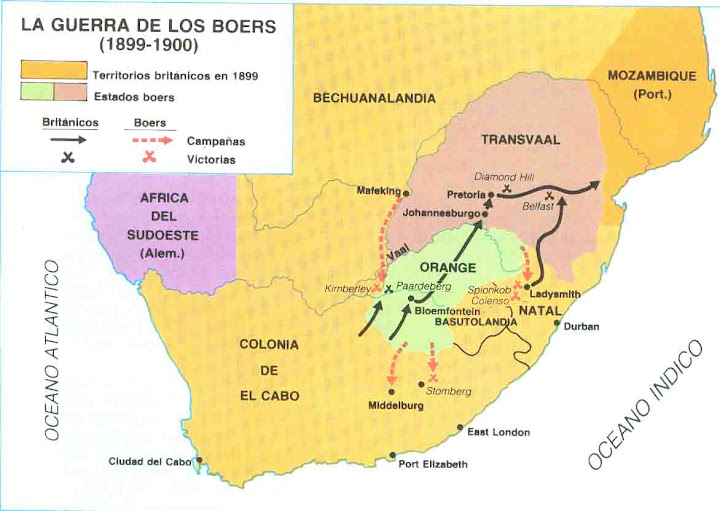The origins of the Greek civilization remain intractably obscure, but it is certain that the 5th millennium witnessed a startling expansion of trade and cultural interchanges.
The origin of the Greeks is a still much-debated subject. Greek is part of the Indo-European language group, and earlier scholars associated it with a branch of the "Aryan" people, emerging from somewhere in central Asia. Waves of these settlers who spoke different dialects supposedly invaded Greece and subjected the indigenous populations. According to this theory, the last of these invasions, that of the Dorians, brought about the destruction of the Bronze Age civilization of Mycenae (around 1200 bc). Given the undoubtedly dubious racial theories underlying much of this reconstruction, recent scholars have treated it more sceptically. But it has to be admitted that our knowledge of prehistoric Greece, and of the transitions between the Neolithic, Bronze Age and Archaic-Classical worlds is still quite limited.
Crete (particularly Knossos) and Thessaly have provided the most information on the Neolithic phases, the 7th to 4h millennia bc, during which agriculture and animal domestication became widespread. Archaeology has suggested that there were new populations, but equally the changes could be the result of local populations having stronger contacts with other regions. Some Cretan pottery, for example, has similarities with that of western Anatolia. The stimulus in Thessaly was probably from the other cultures of the northern Balkan regions. As yet, there is only evidence of much smaller, scattered settlement in southern Greece.

From 5000 there was an expansion of the trade routes, and, perhaps as a result, greater settlement throughout the Cyclades and Crete. Obsidian from Melos has been found at Knossos and in Thessaly, showing that wide-ranging trade began early. Other island sites, such as Saliagos and Grotta (on Naxos), reveal that there were connections with, and influences from, the eastern Aegean. Some Cycladic pottery also shows Anatolian influence. In the eastecrn Mediterránean, Cyprus became important in the trade networks of the Bronze Age. By the end of the Bronze Age there are signs of settlement by Greek-speakers in Cyprus.
The archaeological phases of the Bronze Age (3300-1000 bc) have been named according to their pottery development: Minoan on Crete, Helladic for the mainland and Cycladic for the islands. These are grouped into longer phases termed Prepalatial (3300—2100), First (2100—1700), Second (1700—1450) and Third (1450—1200) Palace Periods and Postpalatial, the more precise dating of the pottery phases is achieved through the connec¬tions with Cyprus, western Asia and Egypt (although there are still academic disputes about detail). These phases saw the growth and flourishing of the Minoan and Mycenaean civilizations, and their eventual collapse.
On the mainland there is evidence for monumental buildings and fortifications developing during the Prepalatial period, notably at Lerna and Tiryns. The function of these structures is still uncertain, but many archaeologists have assumed that they were temples or palaces. Whatever their purpose, they indicate a process of state-formation.
Crete provides us with the earliest evidence for the development of larger settlements. The principal ones, such as Knossos, Phaistos, Gournia and Khania, can be termed towns, having public spaces, a fairly regular layout of streets, and multi-roomed houses. These towns came to be dominated by the assive palace complexes. Knossos was already a large settlement at the begining of the Bronze Age and eventually became pre-eminent amongst the Cretan towns. Some of the larger Cretan centres were probably “capitals" of territories with smaller towns and villages subject to them. Most of the population of these towns was engaged in agricultural work, although there must have been increasing numbers of artisans and administrators, as well as "traders" Writing developed on Crete, probably as a result of contacts with western Asia, the earlier form "Linear A" in the Second Palace Period, and the more sophisticated "Linear B" in the early Third Palace Period.
Fuente: Historical Atlas of Ancient Greece
Jose



























